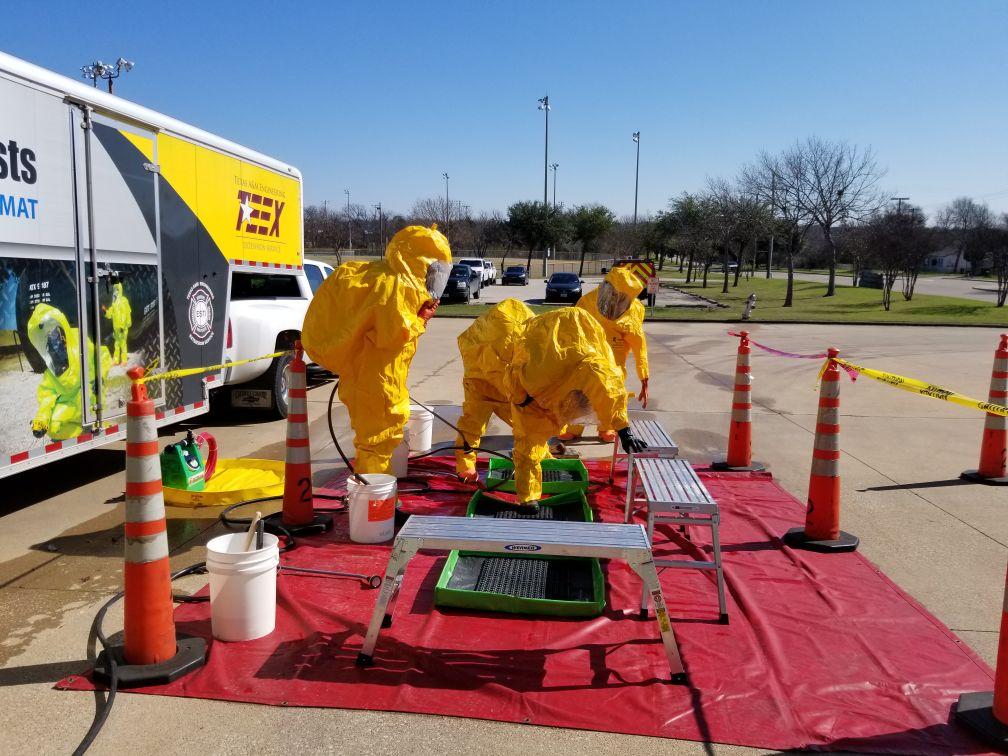Technological hazard is a term that is used to describe a number of different types of threats and hazards. It is important to understand what they are in order to protect yourself and your company from them.
Examples of Technological hazard in a sentence
A hazard is defined as an event that could lead to a loss of life, property or both. This could be caused by natural or anthropogenic means. Natural hazards are often grouped into two categories: climatological and geophysical. The climatological hazard is akin to a hurricane in the tropics. Geophysical hazards are the more terrestrial types. In the simplest of terms, earthquakes are the worst.
There is no single best way to mitigate the risk. To that end, the key is to understand what you are up against. There are many tools and techniques available to do this. For example, it is important to identify the risk drivers. Some of these include climate change, urbanization, demographic changes, and economics. Considering all these factors, effective disaster risk reduction becomes an art. It is also helpful to know which types of risk you are up against. This will allow you to choose your battles wisely.
It is also useful to know what the most notable disasters have been. Fortunately, we have a number of technologies and gizmos to help us mitigate these risks. We have satellite technology to help with meteorological forecasting and mitigation, and an array of sensors to detect intrusions and identify damage. Our ability to do this will make sure we are better prepared to deal with the next catastrophe.
More Definitions of Technological hazard
Technological hazard is a term used to describe the effects of technological innovations and the industrialization processes on the environment and human health. These hazards include risks related to hazardous material transportation, plant failures, and infrastructure failures.
The main aim of hazard risk analysis is to reduce the number of deaths, injuries, and damages to the environment. This can be achieved by using a combination of mitigation strategies that provide the most benefit for the least cost.
A technological hazard can be a man-made or natural event. Its effect on the environment and human health can last for decades. Some of these effects are visible at the moment, while others may only become apparent a few years after the incident.
Technological hazards are a major concern in nations that rely heavily on critical infrastructure. Examples of these hazards include computer network failures, power outages, and failure of water and sewer systems. Power outages are estimated to cause 80 to $188 billion in economic losses annually.
For example, the 2011 blackout in the United States was the largest in the country’s history. During the incident, 7 million people lost their power. While this was the hazard that catches the eye, there are many other hazards that have similar effects.
One of the best ways to mitigate technological hazard is to prevent the occurrence of the event in the first place. Creating a robust emergency response plan and developing an emergency preparedness program are good ways to do this.
Related to Technological hazard
Technological hazard refers to a potential event that may lead to a devastating impact on a community or region. It involves a number of different human and environmental factors.
Technological hazards include risks related to hazardous material transportation, industrial pollution, chemical spills, and factory explosions. They also can result from natural disasters. Usually, technological hazard precedes an accident.
A hazard is defined as a risk that can cause injury, death, and property damage. Typically, it occurs at various intensities over time. In addition to causing property damage, a hazard can result in economic disruption.
Technology is increasingly being used to produce goods and services. This increased demand has created a greater number of technological hazards. The resulting effects can unfold over decades. These include chemicals, radioactive materials, and other toxic emissions.
Some of the major technological hazards include power outages, dam failures, and toxic waste spills. Communities can also face consequences such as injury or loss of vital services.
To protect the community, governments must analyze the risks associated with each hazard and then treat them accordingly. Hazards are typically treated according to a prioritized ranking.
Several supplemental methodologies can help to enhance the ability of the risk analysis process. These methods can involve stakeholder input, monitoring, and risk matrix results.
One innovative hazard management technique is contingency representation. This technique is used in liability and class-action compensation cases.
